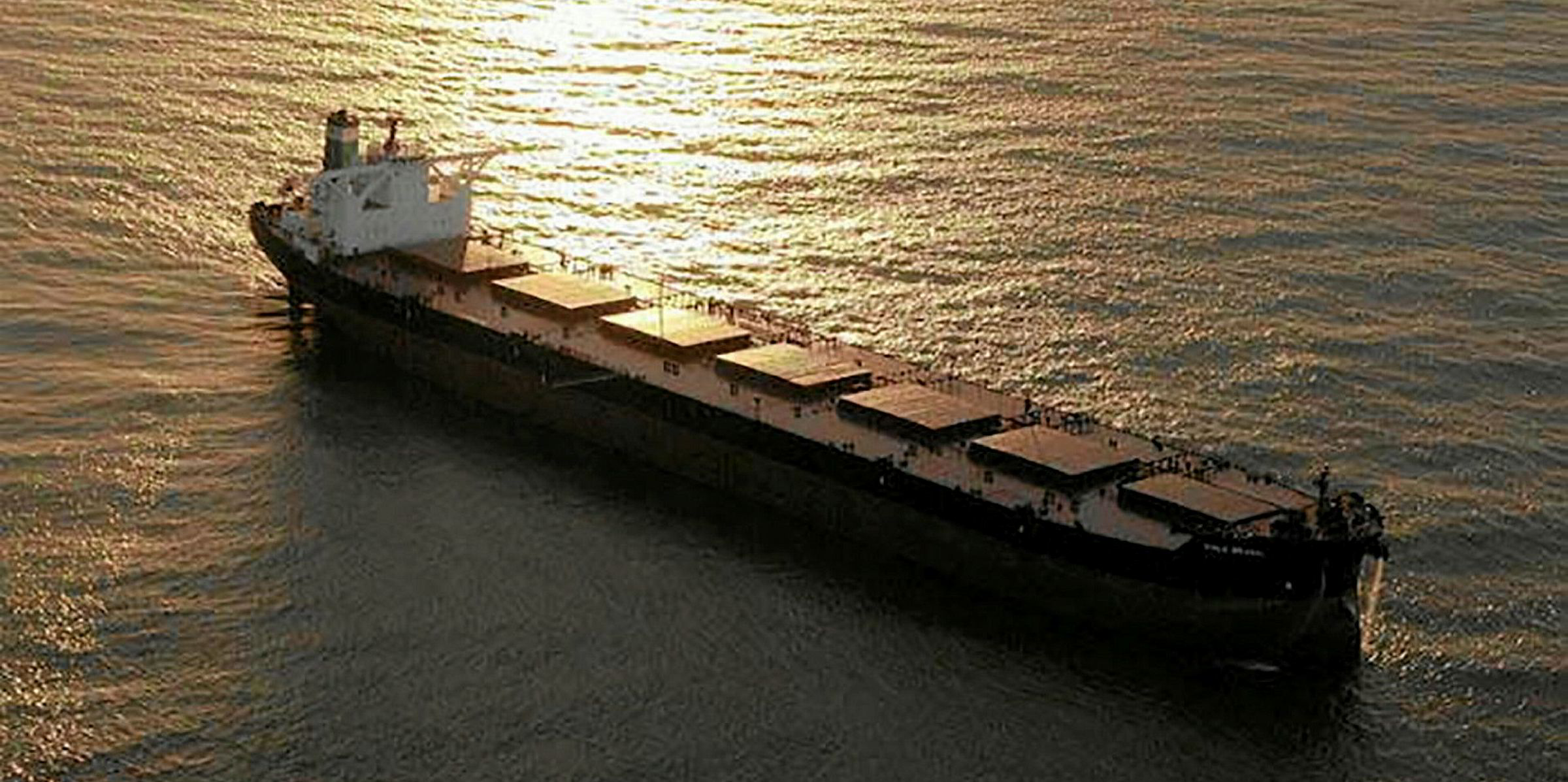Rio Tinto shipments of iron ore continued to feel the impact of March’s Cyclone Veronica, figures released Tuesday show.
The Australian mining giant said cargoes of the steel making component were down 3% year-on-year to 85.4 million tonnes, according to its second-quarter update.
In April this year, the company reported a 14% year-on-year decline in first quarter iron ore shipments to 69.1 million tonnes.
“As highlighted in our first quarter operations review, significant disruptions were caused by Tropical Cyclone Veronica, and a fire at Cape Lambert A,” it said.
“The impacts of Cyclone Veronica continued into the second quarter, with repairs to the Cape Lambert A port facilities impacting Robe Valley and Yandicoogina shipments and operations. All repairs are now complete.”
Rio Tinto said guidance for 2019 is unchanged from the revision to between 320 and 330 million tonnes given on 19 June 2019.
It had previously aimed to ship between 333 and 343 million tonnes of iron ore this year, but this has been curtailed due to “mine operational challenges”.
“We saw a challenging operational performance across our portfolio in the first half,” said Rio Tinto chief executive Jean Sebastian Jacques.
“Whilst we experienced operational and weather issues at our iron ore operations in Australia, pricing and market demand has remained robust.”
Jacques said the company remained focused on “safely improving and optimising the performance and productivity of our assets” in order to drive future cash flow.
“This, combined with our value over volume strategy and the disciplined allocation of capital, will continue to deliver superior returns to our shareholders in the short, medium and long term,” he said.
Despite the reduction in shipments capesize freight rates continue to find new highs, according to Clarksons Platou Securities.
“Capesize rates continued to strengthen Friday, finding a new high at $27,400 per day, the highest assessment since December 2017, with the panamax market showing an even more impressive five year high at $16,700 per day,” it said Monday.
“The paper market is pushing higher on the day, reflecting the overall strengthening sentiment for near term dry bulk demand.
“The overall tonnage supply in the Atlantic remains very limited for both capesize and panamax, posing problems for charterers as iron ore exports are increasing coupled with a steady output of South American grains.”
Arctic Securities said in a report Monday that the outlook remains healthy as both strength in South American spot grain volumes, strong iron ore prices and sliding iron ore inventories in China should be supportive for demand.
“China is still importing limited amounts of iron ore – 75 million tonnes in June, down 10% year-on-year – and with Brazilian exports expected to increase going forward, the iron ore trade remains promising,” it said.






